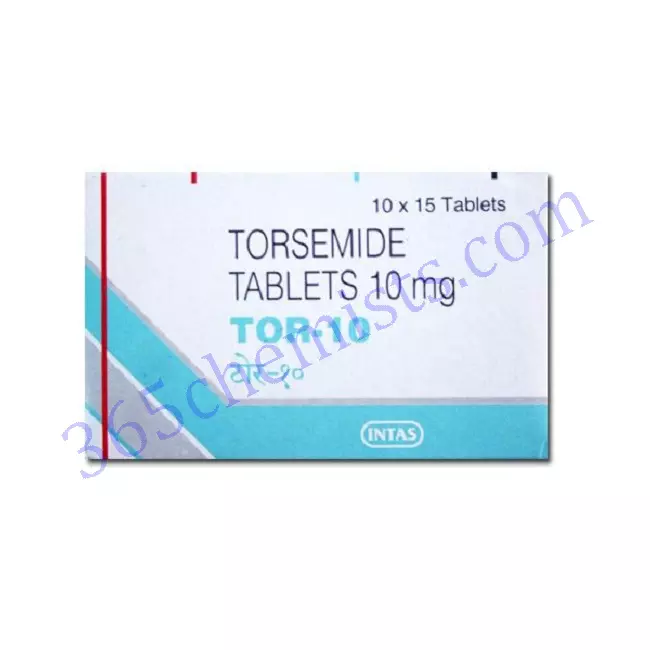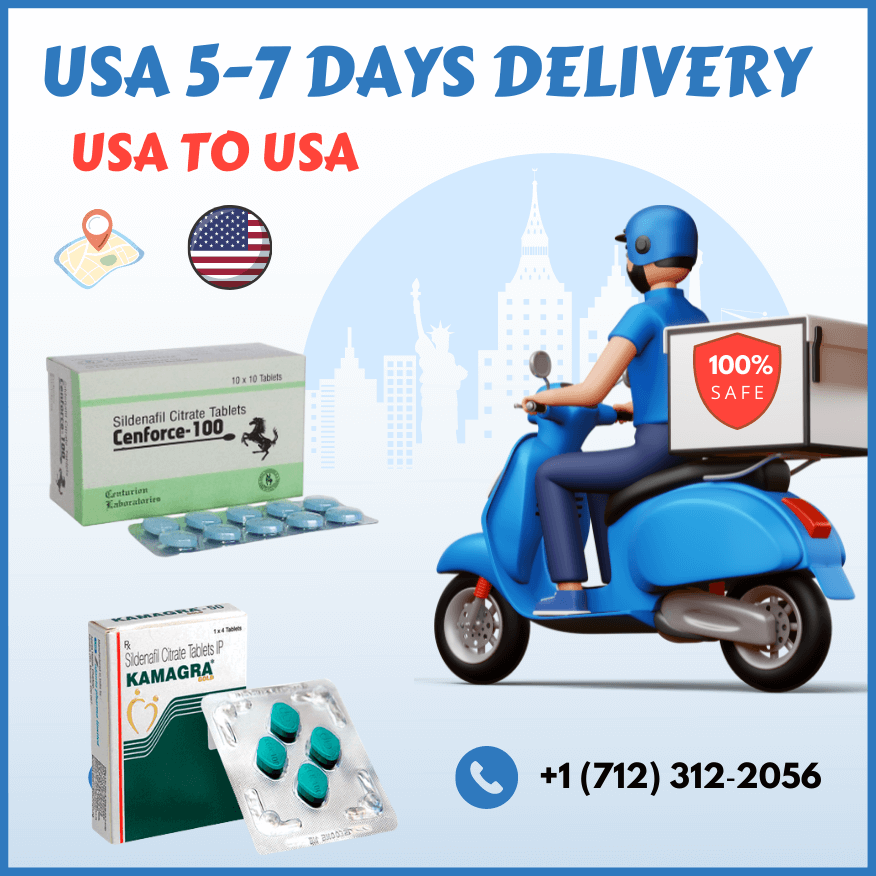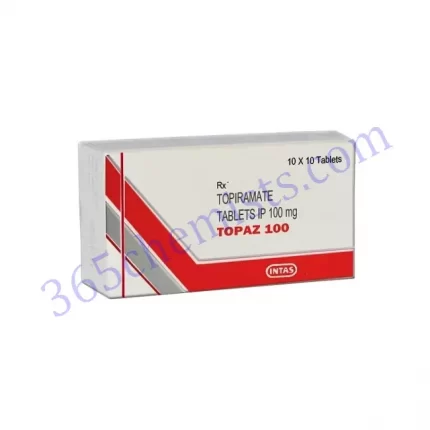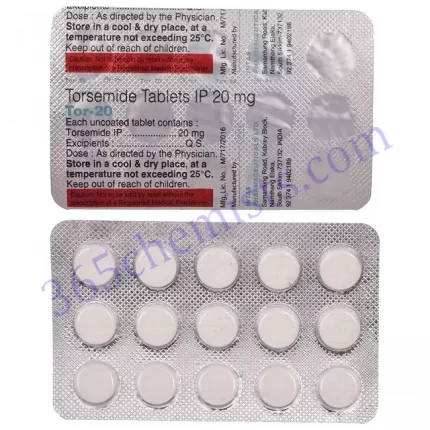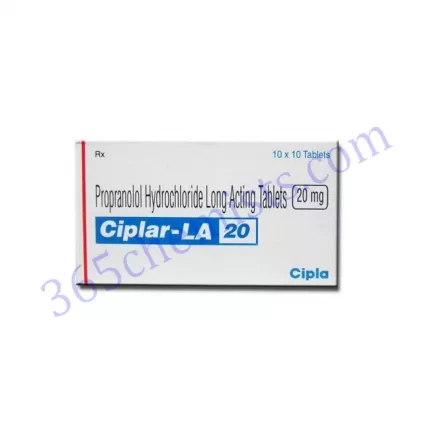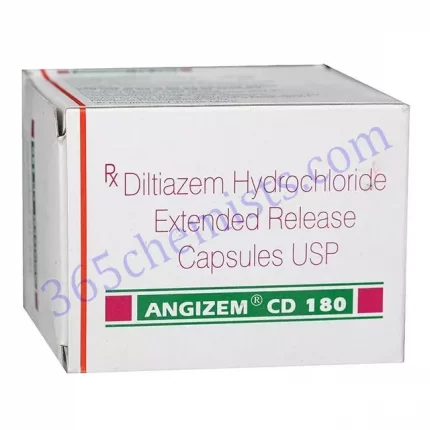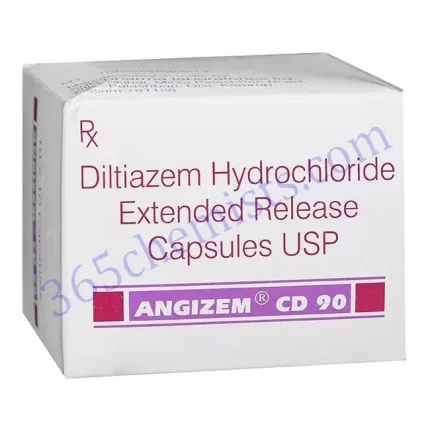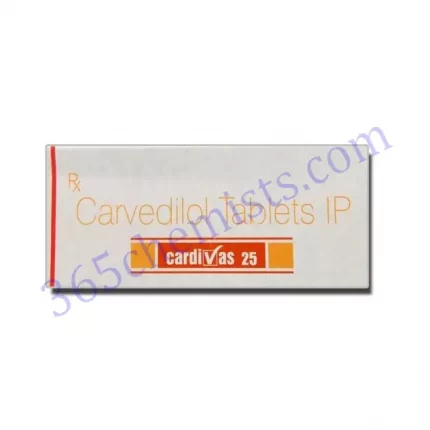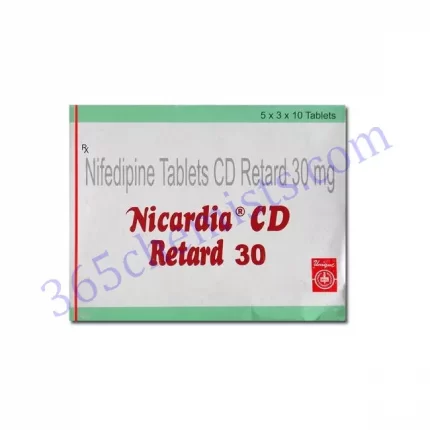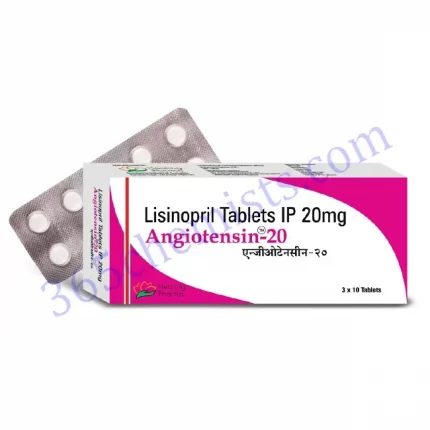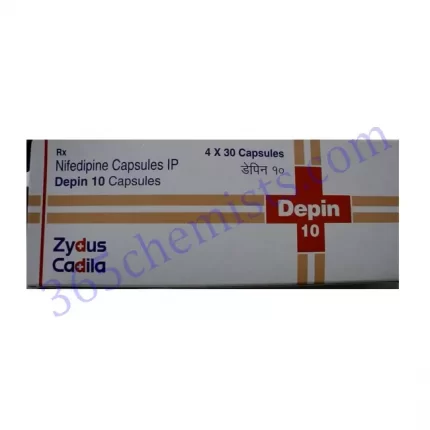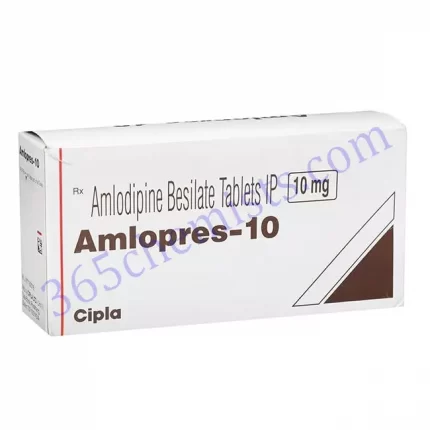TOR 10mg Tablet: An Effective Diuretic for Fluid Management
Torasemide, a loop diuretic, is the active component of the TOR 10mg Tablet. This class of diuretics is known as loop diuretics. It is recommended for the treatment of conditions like congestive heart failure, edoema, and hypertension, all of which are characterised by an accumulation of fluid in the body. The TOR 10mg Tablet works to alleviate symptoms associated with fluid overload by increasing urine production. This helps remove excess fluid from the body, which in turn relieves those symptoms.
Composition:
Torasemide serves as the active ingredient in each and every TOR 10mg Tablet that is produced. Other necessary inactive ingredients are included in the tablet to ensure that its formulation is accurate and that it will have the desired effect.
Mechanism of Action:
In order for the TOR 10mg Tablet to be effective, it must block the kidneys’ ability to reabsorb sodium and chloride ions. Because of this action, the reabsorption of water is inhibited, which in turn causes an increase in urine production and the subsequent flushing out of excess fluid from the body. The action of torasemide on the ascending limb of the loop of Henle in the kidneys promotes fluid balance and increases the amount of urine that is passed.
Indications:
The use of the TOR 10 mg Tablet in the management of conditions associated with fluid retention is recommended. Patients who suffer from congestive heart failure, a condition in which there is an accumulation of fluid in the lungs and other parts of the body, are frequently prescribed this medication. Edoema, which is defined as swelling brought on by an accumulation of fluid in the tissues, can also be managed with its assistance. In addition, a doctor may recommend TOR 10mg Tablet for patients who have hypertension and also have fluid retention as a contributing factor.
Related Product
TOR 10mg Tablet
TOR 20mg Tablet
Dosage and Administration:
It is possible for the recommended dosage of TOR 10mg Tablet to change depending on the specific condition of the patient as well as their reaction to treatment. It is absolutely necessary to take the medication exactly as directed by the healthcare provider, including in terms of the dosage and how it should be administered. It is possible to modify the starting dose based on the requirements of the individual patient, but the standard starting dose for adults is between 5 and 10 milligrammes taken once daily. The tablet should be taken with a full glass of water and should be swallowed whole; it can be taken either with or without food. It is essential to take the medication exactly as directed by the doctor and not skip any of the doses.
Contraindications and Precautions:
Patients who have been shown to have an extreme sensitivity to torasemide or any of the other ingredients contained in the tablet should not take the TOR 10 mg Tablet. Patients who have severe renal impairment or anuria (defined as not producing urine) are not candidates for treatment with this medication. Patients who have a history of gout, liver dysfunction, or electrolyte imbalances should be approached with caution when receiving this medication. In order to prevent potentially harmful side effects or drug interactions, the healthcare provider should be made aware of any preexisting medical conditions or medications that are currently being taken by the patient.
Adverse Effects:
The TOR 10 mg Tablet, like any other medication, carries with it the potential for side effects in some people. Increased urination, dizziness, headaches, and electrolyte imbalances are among the most frequently reported adverse effects of this medication. Extremely rarely, more serious adverse effects such as allergic reactions, severe hypotension, or electrolyte disturbances may occur. These effects are extremely rare but do have the potential to be life-threatening. It is imperative to provide prompt notification to the healthcare provider of any side effects that are unusual or severe.
Drug Interactions:
There is a possibility of adverse drug interactions when TOR 10mg Tablet is combined with other medications, such as certain antihypertensive drugs, nonsteroidal anti-inflammatory drugs (NSAIDs), and other diuretics. It is essential to keep the healthcare provider informed about any and all medications that are being taken, including over-the-counter medicines and dietary supplements made from plants, in order to prevent dangerous drug interactions. Should it become necessary, the healthcare provider has the ability to alter the dosage or select an alternative form of treatment.
Conclusion:
The TOR 10mg Tablet, which is an effective diuretic, contains the active ingredient torasemide and is used for the management of fluid retention associated with a variety of conditions. This helps alleviate symptoms of fluid overload, such as edoema and hypertension, by increasing urine production and promoting the elimination of excess fluid. Before beginning treatment with this medication, it is essential to confer with a qualified medical professional who can evaluate the specific requirements of the patient, as well as determine the correct dosage and treatment strategy. Monitoring the patient’s electrolyte levels, renal function, and overall response to treatment on a consistent basis is essential for determining whether or not the medication is effective and for mitigating any potential adverse effects. Tablets of TOR 10 mg, when used in conjunction with changes in lifestyle and other treatments that are deemed appropriate, have the potential to play a significant part in restoring fluid balance and boosting overall health.

